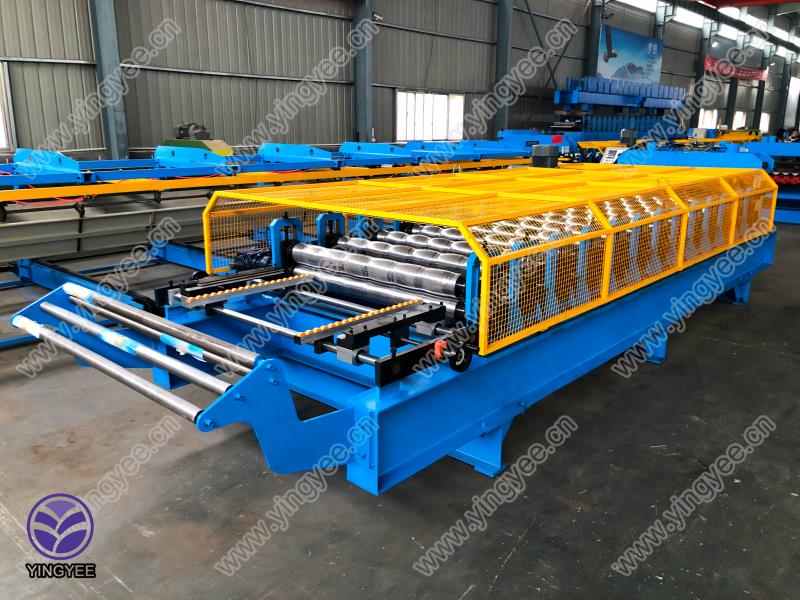
Understanding Metal Ceiling Systems A Deep Dive into Ceiling Studs, Tracks, and the Role of Roll Forming Machines
In the world of modern construction, metal ceilings have become increasingly popular due to their durability, design versatility, and overall aesthetic appeal. A key component of these ceiling systems is the framework, which includes the ceiling studs, tracks, C channels, main channels, and wall angles. Each of these elements plays a crucial role in ensuring a solid foundation for the ceiling panels while also contributing to the overall structural integrity of the space.
Ceiling Studs and Tracks
Ceiling studs and tracks serve as the backbone of a metal ceiling system. The studs are vertical components that provide support for the ceiling panels, while the tracks create a horizontal foundation to which the studs are attached. Together, they form a grid-like structure that allows for easy installation and access to utilities such as electrical wiring and HVAC systems. These elements can be made from various materials, but metal is often favored for its strength and resistance to warping over time.
C Channels and Main Channels
C channels are another vital part of metal ceiling systems. They can be identified by their C-shaped cross-section and are typically used to provide structural support and stability to the ceiling framework. Main channels, on the other hand, are wider elements that run perpendicular to the ceiling studs, connecting them and creating a continuous support system across the entire ceiling span. The combination of C channels and main channels allows for the distribution of weight and ensures that the ceiling remains level and secure.
Wall Angles

Wall angles, also known as wall trim, are installed at the junction between the walls and ceiling. They provide a clean transition and help to secure the ceiling grid. Wall angles also play a role in concealing any gaps or imperfections that may occur where the ceiling meets the walls. This not only enhances the overall aesthetic of the installation but also provides additional support for the ceiling panels.
The Role of Roll Forming Machines
At the core of these components’ production is the roll forming machine. This advanced equipment is designed to create precise shapes and profiles from metal sheets. Through a process known as roll forming, the machine gradually shapes the metal as it passes through a series of rollers, ultimately producing C channels, main channels, and other necessary profiles for ceiling systems. Roll forming machines offer a high degree of efficiency, consistency, and accuracy, making them a preferred choice in manufacturing these essential components.
The use of roll forming machines has revolutionized the metal construction industry, allowing for large-scale production and customization to meet specific project requirements. Manufacturers can produce components in various sizes and designs, catering to the diverse needs of contractors and builders.
Conclusion
Understanding the intricacies of metal ceiling systems, including the roles of ceiling studs, tracks, C channels, main channels, and wall angles, is essential for anyone involved in construction or renovation projects. The integration of advanced machinery like roll forming machines further enhances the efficiency of this process, enabling high-quality production that meets modern architectural demands. As metal ceilings continue to gain popularity, these systems will be fundamental in shaping the future of interior design and construction.